Scandium Evaporation Material Description

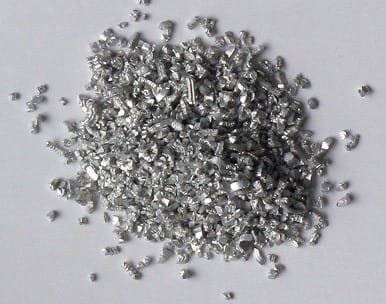
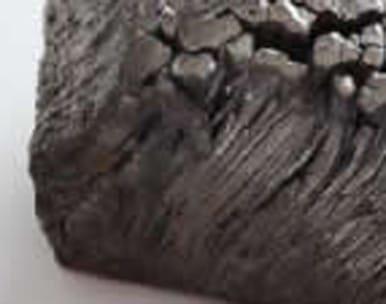
Scandium Evaporation Material Specification
| Item No. | Description | Purity (Sc/TREM) | Lot Size |
| Sc-VD-3N | Scandium (Sc) Evaporation Materials Pieces, Lump, Sublimed dendritic | 99.9% | 100 g 500 g 1,000 g |
| Sc-VD-4N | Scandium (Sc) Evaporation Materials Pieces, Lump, Sublimed dendritic | 99.99% | 100 g 500 g 1,000 g |
| Sc-VD-4N5 | Scandium (Sc) Evaporation Materials Pieces, Lump, Sublimed dendritic | 99.995% | 100 g 500 g 1,000 g |
| Sc-VD-5N | Scandium (Sc) Evaporation Materials Pieces, Lump, Sublimed dendritic | 99.999% | 100 g 500 g 1,000 g |
Scandium Evaporation Material Application
-PVD for Thin films Deposition
Scandium Evaporation Material Packaging
Scandium evaporation materials are meticulously tagged and labeled to ensure easy identification and effective quality control. We also handle these materials with care to prevent any damage during storage and transportation, preserving their quality throughout the process.
Get Contact
TFM provides scandium evaporation materials in a range of forms, purities, sizes, and price points. We focus on producing high-purity e-beam evaporation materials, optimized for maximum density and minimal average grain sizes. For the latest pricing on evaporation pellets and other deposition materials not listed, please contact us directly.


 MSDS File
MSDS File
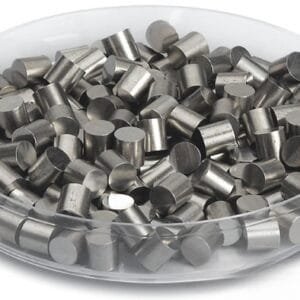
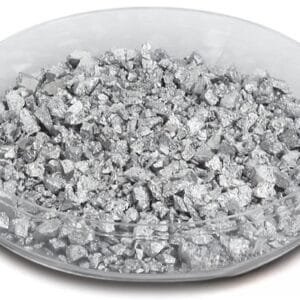
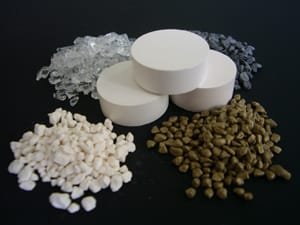
Reviews
There are no reviews yet.